Alopecia Areata: Do I Have It? How Do I Treat It?
23 Jun 2009, by in HAIR LOSS [ PHOTOS ] TREATEDThe Causes
Alopecia areata is not contagious. It occurs more frequently in people who have affected family members, suggesting that heredity may be a factor,and at least one of the genes involved has been mapped to chromosome 8p21-22. In addition, it is slightly more likely to occur in people who have relatives with autoimmune diseases.
The Condition
Is thought to be an autoimmune disorder in which the body attacks its own hair follicles and suppresses or stops hair growth. There is evidence that T cell lymphocytes cluster around these follicles, causing inflammation and subsequent hair loss. An unknown environmental trigger such as emotional stress or a pathogen is thought to combine with hereditary factors to cause the condition. There are a few recorded cases of babies being born with congenital alopecia areata; however, these are not cases of autoimmune disease because an infant is born without a fully developed immune system.
Diagnosis
Alopecia areata first symptoms are small, soft, bald patches which can take just about any shape but are most usually round. It most often affects the scalp and beard but may occur on any hair-bearing part of the body. There may be different skin areas with hair loss and regrowth in the same body at the same time. It may also go into remission for a time, or permanently.
The area of hair loss may tingle or be very slightly painful.
The hair tends to fall out over a short period of time, with the loss commonly occurring more on one side of the scalp than the other.
Another presentation of the condition are exclamation point hairs. Exclamation mark hairs are hairs that become narrower along the length of the strand closer to the base, producing a characteristic “exclamation mark” appearance.
14th May 2008 (BEFORE)
27th AUGUST 2008 (AFTER)
One diagnostic technique applied by medical professionals is to gently tug at a handful of hair along the edge of a patch with less strength than would be required to pull out healthy hair. In healthy hair, no hair should fall out or ripped hair should be distributed evenly across the tugged portion of the scalp. In cases of alopecia areata hair will tend to pull out easier along the edge of the patch where the follicles are already being attacked by the body’s immune system than away from the patch where they are still healthy. Professionals usually remind patients that the hair that is pulled out would eventually fall naturally. The test is conducted only once to identify the condition and rule out a simple localized hair loss condition.
Nails may have pitting or trachyonychia.
In order to treat hair loss effectively we would recommend that you have a diagnosis made as soon as possible by one of our experienced trichologists. Stress can be an aggravator in almost all cases of hair loss and an accurate diagnosis will always, at the very least, take some of the stress away from you.
Gary Heron says: “You’ll have access to the most effective treatments available through The Hair Centre and at a fraction of the cost of going to other Private Commercial Clinics and Centres.”
When it’s time to see the Trichologist: If you begin losing hair rapidly, and or are cosmetically concerned about baldness, consult your Trichologist about treatment options. You can receive a free hair loss consultation with a Westminster Trichologist at our Hair Centre.
The point is that you are not getting to the real problem and you should seek specific professional advice from a Westminster Trichologist.
“Why buy hair loss treatments over the counter or on the internet when you can see a Westminster Trichologist for FREE and know that you are guaranteed results”
Do you have Hair Loss Problems, read our Hair Loss Help





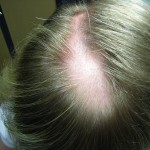
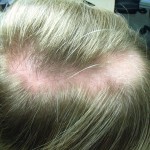
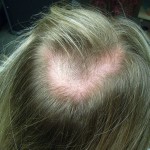
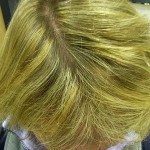
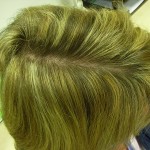

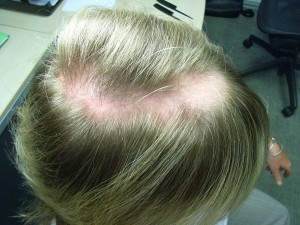
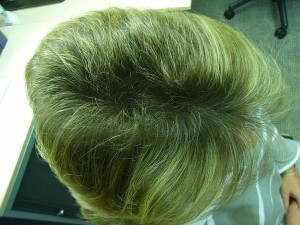
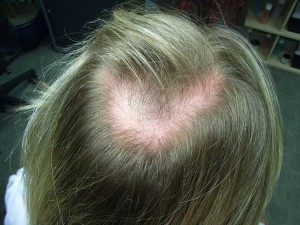
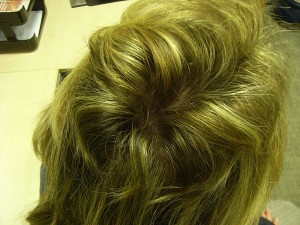
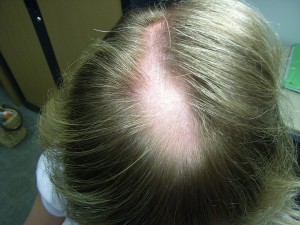
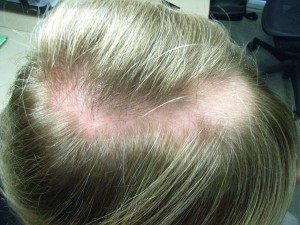

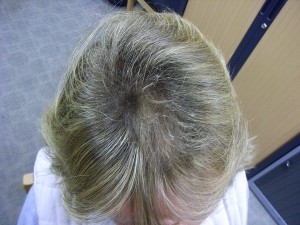
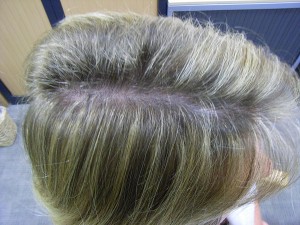
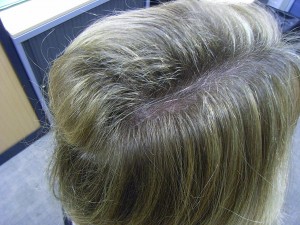

Sorry, the comment form is closed at this time.